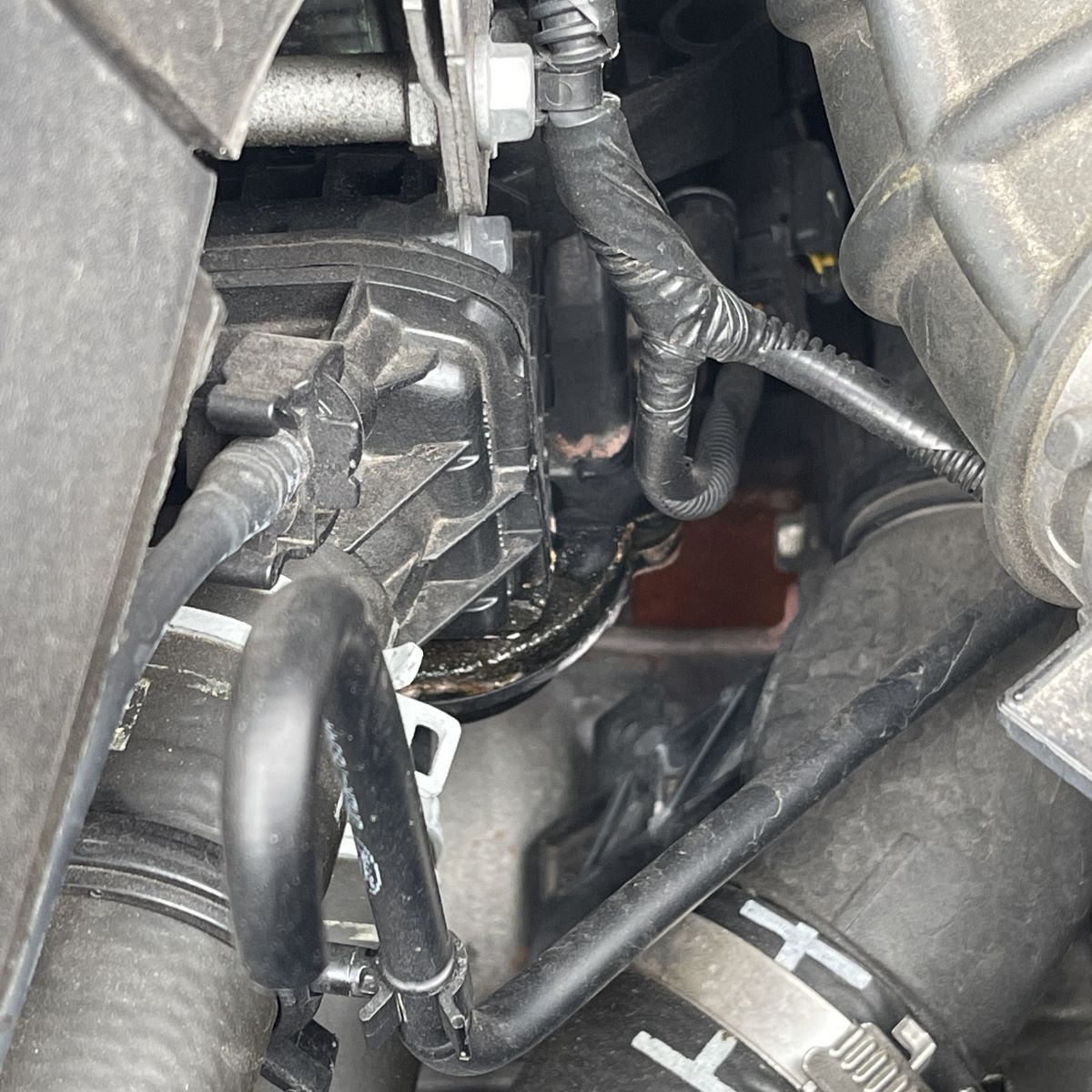

Articles
Where Is A Water Pump Located
Modified: October 20, 2024
Looking for articles about where a water pump is located? Check out our comprehensive guide to find out everything you need to know about the location of water pumps.
(Many of the links in this article redirect to a specific reviewed product. Your purchase of these products through affiliate links helps to generate commission for Storables.com, at no extra cost. Learn more)
Introduction
Water pumps play a crucial role in various settings, from vehicles to houses, and even industrial facilities. Understanding where the water pump is located is essential for maintenance, troubleshooting, and repairs. Whether you are a car enthusiast, a homeowner, or a professional in the industrial sector, having knowledge of the water pump’s location can save you time and effort.
In this article, we will explore the significance of water pumps, the different types of water pumps available, and the common locations where water pumps can be found. Additionally, we will discuss how to locate a water pump in different settings and provide some troubleshooting tips for identifying and resolving common water pump issues.
So, if you’ve ever wondered about the whereabouts of a water pump and how to handle potential problems, read on to discover everything you need to know!
Key Takeaways:
- Understanding the significance, types, and common locations of water pumps empowers individuals to effectively manage and maintain these critical components in vehicles, homes, and industrial facilities, contributing to optimal system functioning.
- Troubleshooting water pump issues, such as leakage, noise, vibration, clogs, and electrical problems, can help diagnose and resolve common problems promptly, minimizing downtime and preventing further damage in cooling systems, water supply networks, and industrial processes.
Read more: Where Is The Water Pump Located In A Car
Significance of Water Pump
A water pump is a vital component in many systems that require the movement of liquid. Its primary function is to circulate and distribute water, coolant, or other fluids, ensuring the efficient operation of various mechanical and industrial processes. Here are some key reasons why water pumps are significant:
1. Cooling Systems: In vehicles, water pumps are crucial for cooling the engine. They circulate coolant through the engine block, radiator, and heater core, dissipating excess heat and preventing the engine from overheating. Without a functioning water pump, the engine could overheat, leading to severe damage and potentially engine failure.
2. Water Supply: Water pumps are essential for providing a reliable water supply to buildings, homes, and agricultural areas. They draw water from wells, reservoirs, lakes, or rivers and distribute it through the plumbing system or irrigation networks. Without water pumps, accessing clean water and maintaining water flow in these areas would be immensely challenging.
3. Industrial Processes: Many industries rely on water pumps to facilitate their operations. From manufacturing and chemical processes to power generation and wastewater treatment, water pumps are used to transport, circulate, and control the flow of fluids. These pumps are designed to handle various liquids, including corrosive chemicals and abrasive materials, making them indispensable for industrial applications.
4. HVAC Systems: Water pumps are crucial components in heating, ventilation, and air conditioning (HVAC) systems. They help circulate water or coolant through the system, enabling heat transfer or cooling as needed. Without a properly working water pump, HVAC systems would struggle to maintain the desired temperature and comfort levels in buildings.
Overall, water pumps are vital for maintaining the proper functioning of numerous systems and processes. Their role in cooling, water supply, industrial processes, and HVAC systems cannot be overstated. Understanding the significance of water pumps highlights their importance in various sectors and emphasizes the need for regular maintenance and prompt repairs.
Types of Water Pumps
Water pumps come in various types, each designed for specific applications and operating conditions. Here are some common types of water pumps:
1. Centrifugal Pumps: Centrifugal pumps are the most widely used type of water pump. They work on the principle of using centrifugal force to move the water or fluid. These pumps have an impeller that rotates and creates a vacuum at the center, drawing in the liquid through the suction pipe and then expelling it through the discharge pipe. They are suitable for a wide range of applications, including water supply systems, irrigation, and industrial processes.
2. Submersible Pumps: Submersible pumps are designed to operate while submerged in the fluid they are pumping. They are commonly used for deep well pumping, drainage systems, and wastewater management. These pumps are sealed and waterproof, allowing them to handle heavy-duty applications and handle solids or abrasive materials in the fluid.
3. Diaphragm Pumps: Diaphragm pumps use a diaphragm to move the fluid. The diaphragm, typically made of rubber or elastomers, flexes back and forth to create suction and discharge. These pumps are suitable for applications where a pulsating flow is required, such as chemical dosing, wastewater treatment, and some industrial processes.
4. Reciprocating Pumps: Reciprocating pumps use a piston or plunger to generate the pumping action. The piston moves back and forth in a cylinder, creating suction and discharge strokes. These pumps are commonly used in high-pressure applications, such as firefighting, boiler feed systems, and oil and gas industries.
5. Jet Pumps: Jet pumps are widely used for shallow well systems and domestic water supply. They work by utilizing the flow of a high-pressure liquid, typically water or a mixture of water and air, to create suction and draw water from a well. Jet pumps are commonly used in residential applications and are relatively easy to install and maintain.
These are just a few examples of the types of water pumps available. Each type has its unique advantages and applications, and selecting the right pump depends on factors such as flow rate, head pressure, fluid characteristics, and specific requirements of the system or process.
Common Locations of Water Pumps
Water pumps can be found in various locations depending on their purpose and application. Here are some common locations where water pumps are typically located:
1. Vehicles: In vehicles with an internal combustion engine, the water pump is usually located on the front of the engine block. It is driven by a belt connected to the engine’s crankshaft and is responsible for circulating coolant through the engine and radiator to regulate its temperature. Locating the water pump in a vehicle requires accessing the engine compartment and identifying the pulley-driven component near the front of the engine.
2. Homes and Buildings: In residential and commercial buildings, water pumps are typically found in the basement or utility room. These pumps are responsible for boosting the water pressure in the plumbing system, ensuring a steady flow of water to different faucets and appliances. In some cases, well pumps may be located outside the building, connecting to a water source such as a well or underground water tank.
3. Industrial Facilities: Industrial settings often have larger and more complex water pump systems. Depending on the specific application, the pumps can be located in dedicated pump rooms or distributed throughout the facility. Examples include cooling tower pumps, process water pumps, and wastewater pumps. Industrial pumps can be quite large, requiring dedicated infrastructure and maintenance.
4. Pools and Spas: Water pumps play a crucial role in maintaining the cleanliness and circulation of water in swimming pools and spas. The pump is typically located near the pool equipment area and is responsible for filtering and circulating water through the pool’s filtration system and back into the pool.
5. Agricultural Areas: In agricultural settings, water pumps are commonly located near water sources such as wells, rivers, or reservoirs. These pumps are used for irrigation purposes, drawing water and distributing it to fields or crops through a network of pipes or sprinklers.
It’s important to note that the exact location of a water pump can vary based on the specific system or equipment. It’s recommended to consult the manufacturer’s documentation or seek professional guidance if you are unsure about the location of a water pump in a particular setting or system.
Locating a Water Pump in a Vehicle
Locating a water pump in a vehicle is essential for maintenance, repairs, and troubleshooting cooling system issues. While the exact location can vary depending on the make and model of the vehicle, there are some general guidelines to follow:
1. Engine Compartment: The water pump in most vehicles is located in the engine compartment. It is usually positioned at the front of the engine, near the radiator. The water pump is driven by a belt connected to the engine’s crankshaft.
2. Pulley-Driven Component: Look for a pulley-driven component near the front of the engine. The water pump is typically connected to this pulley and driven by the engine’s rotational motion. It may have a pulley attached to the front of the pump, which is turned by the drive belt.
3. Coolant Hoses: Follow the coolant hoses connected to the radiator. One hose leads to the water pump inlet, while the other connects to the water pump outlet. These hoses can help trace the location of the water pump in the engine compartment. Often, the water pump is positioned below or next to these hoses.
4. Radiator: The proximity of the water pump to the radiator is common in most vehicles. Since the water pump’s primary function is to circulate coolant through the engine and radiator, it is usually positioned near the radiator to maintain optimal cooling efficiency.
It’s important to note that locating the water pump may require removing engine covers, fan shrouds, or other components for better visibility. Refer to the vehicle’s specific service manual or consult a professional mechanic for guidance on accessing and locating the water pump.
Identifying the water pump’s location in a vehicle is crucial for routine maintenance tasks, such as replacing the pump, inspecting for leaks, or checking the condition of the drive belt. If you suspect a water pump issue, always consult a qualified mechanic to diagnose and rectify the problem. They can provide expert guidance based on the specific vehicle’s design and cooling system configuration.
The water pump in a car is typically located near the front of the engine, driven by a belt or chain. It circulates coolant through the engine to maintain proper operating temperature. If you suspect a problem with your water pump, it’s important to have it inspected and repaired by a qualified mechanic.
Locating a Water Pump in a House
Water pumps in houses are responsible for ensuring a steady water supply and maintaining adequate water pressure throughout the plumbing system. Finding the location of a water pump in a house can help with troubleshooting issues or performing necessary maintenance. Here are some key steps to locate a water pump in a residential setting:
1. Basement or Utility Room: In many houses, the water pump is typically located in the basement or utility room. Look for a specific area where the house’s water supply system is concentrated, such as near the water meter or pressure tank.
2. Pressure Tank: A pressure tank is a common component in houses with well water systems. The water pump is often located near the pressure tank, as it works in conjunction with the tank to maintain water pressure. The pump draws water from the well and sends it to the pressure tank for storage and distribution throughout the house.
3. Pump Control Box: For houses with submersible pumps or deep well systems, the pump control box is an essential component. It is typically located near the pressure tank and houses electrical controls and switches for the pump. The control box helps regulate the pump operation and may contain indicators or alarms for troubleshooting purposes.
4. Water Filtration System: If the house has a water filtration system, such as a whole-house filter or a water softener, the water pump may be located near this system. These systems may require the pump to provide the necessary water pressure for filtration or softening processes.
5. Access Panels or Covers: Depending on the house’s construction, the water pump might be located behind access panels or covers. These panels are typically found on walls or in cabinets and provide easy access to plumbing and water-related components, including the water pump.
If you are unable to locate the water pump in your house, it is recommended to consult the house’s blueprint or contact the builder for guidance. Additionally, reaching out to a licensed plumber can provide expert assistance in locating and understanding the water pump’s exact location and its interaction with the plumbing system.
Understanding the location of a water pump in a house is crucial for maintenance, repairs, or troubleshooting issues related to water pressure or supply. Identifying and familiarizing yourself with the pump’s location can save time and effort when addressing any problems with the water supply system in your home.
Locating a Water Pump in Industrial Settings
In industrial settings, water pumps are often critical components of various processes, such as cooling, fluid circulation, and wastewater management. Locating a water pump in an industrial facility is crucial for maintenance, repairs, and ensuring the smooth operation of these systems. Here are some key steps to locate a water pump in an industrial setting:
1. Pump Room: Many industrial facilities have dedicated pump rooms or pump houses where water pumps are housed. These pump rooms are designed to contain multiple pumps and often include control panels, valves, and monitoring equipment. Check the facility’s layout plans or consult maintenance staff to identify the specific location of the pump room.
2. Utility Areas: Water pumps in industrial settings can also be located in utility areas near water sources or treatment facilities. These areas may house pumps responsible for drawing water from external sources, such as rivers or reservoirs, or for delivering treated water to various parts of the facility.
3. Near Key Processes: In some cases, water pumps may be located near key industrial processes that require fluid circulation or cooling. For example, in a power plant, the water pump for the cooling tower may be situated near the tower itself. Similarly, in manufacturing facilities, pumps used for cooling machinery or equipment may be located near those specific areas.
4. Close to Storage Tanks or Reservoirs: Industrial facilities that rely on large storage tanks or reservoirs for water supply or wastewater management may have pumps located near these storage areas. These pumps are responsible for transferring or recirculating water between the tanks or reservoirs and the facility’s different processes.
5. Process Piping Networks: Trace the process piping network within the facility to locate water pumps. Pumps are typically installed along these piping systems to maintain the required flow rate and pressure for each specific process. The pumps may be positioned at convenient access points or enclosed within enclosures to protect them from environmental factors.
Remember that industrial facilities can have complex layouts and multiple pump systems. If you are unsure about the exact location of a water pump in an industrial setting, it is crucial to consult the facility’s technical documentation, equipment manuals, or contact the maintenance team for assistance.
Locating the water pump in an industrial setting is essential for maintenance, monitoring efficiency, and addressing any issues promptly. Understanding the pump’s location will help facilitate maintenance tasks, ensure the proper functioning of systems, and minimize downtime in critical industrial processes.
Troubleshooting Water Pump Issues
Water pump issues can disrupt the proper functioning of cooling systems, water supply systems, and industrial processes. However, many common water pump problems can be identified and resolved with some troubleshooting. Here are some steps to troubleshoot water pump issues:
1. Inspect for Leakage: One of the most common issues with water pumps is leakage. Inspect the pump and the surrounding area for signs of water leakage, such as puddles, dampness, or water stains. Check the pump’s connections, seals, and gaskets for any signs of wear or damage. Leaks can result from worn-out components or improper installation and should be addressed promptly to prevent further damage.
2. Check for Noise or Vibration: Unusual noises or excessive vibration can indicate underlying problems with the water pump. Listen for any grinding, whining, or squealing sounds coming from the pump. Excessive vibration may suggest issues with the pump’s mounting or problems with the impeller. Contact a professional technician if you notice any abnormal noises or vibrations as they could be a sign of internal damage.
3. Monitor Temperature Levels: Water pumps play a critical role in maintaining the proper temperature of engines, HVAC systems, and industrial equipment. Keep an eye on temperature gauges or monitoring systems to ensure they remain within the normal operating range. If the temperature consistently exceeds the recommended limits, it could indicate a problem with the water pump’s circulation or coolant flow. Consult a mechanic or technician for further examination and repair.
4. Check for Clogs or Blockages: Clogs or blockages in the pump or associated piping can impede the flow of water. Inspect the inlet and outlet hoses, as well as any filters or screens, for debris or obstructions. Clean or replace any clogged parts to restore proper water flow. Regular maintenance, including flushing the system and cleaning filters, can prevent blockages and ensure optimal pump performance.
5. Test Pressure and Flow: Use pressure gauges and flow meters to assess the water pump’s performance. The pressure gauge can help determine if the pump is generating sufficient pressure, while the flow meter can indicate the volume of water being circulated. Significant fluctuations or inconsistencies in pressure or flow may indicate an issue with the pump, such as a worn-out impeller or a failing motor. Consult a professional for a thorough evaluation if you suspect any performance issues.
6. Check Electrical Connections: For electric water pumps, ensure that all electrical connections are secure and in good condition. Loose or corroded connections can cause poor pump performance or complete failure. Inspect the electrical wiring, connectors, and switches associated with the water pump. Any damage or signs of electrical issues should be promptly addressed by a qualified electrician or technician.
Remember, water pump troubleshooting should be approached with caution, especially in complex systems or industrial settings. If you are uncertain about any troubleshooting steps or lack the necessary expertise, it is always advisable to seek assistance from a professional mechanic or technician. Their expertise and experience can help diagnose and resolve water pump issues effectively and safely.
Conclusion
Water pumps are essential components in a wide range of applications, from vehicles to residential homes and industrial settings. Knowing where to locate a water pump can provide valuable insight into maintaining, troubleshooting, and repairing these systems. Whether you’re a car enthusiast, a homeowner, or a professional in the industrial sector, understanding the significance, types, and common locations of water pumps is beneficial.
We explored the significance of water pumps, highlighting their role in cooling systems, water supply, industrial processes, and HVAC systems. We discussed the various types of water pumps, including centrifugal pumps, submersible pumps, diaphragm pumps, reciprocating pumps, and jet pumps. Each type has its unique applications and is designed to meet specific needs in different industries.
Furthermore, we examined the common locations of water pumps, such as vehicles, homes, industrial facilities, pools, and agricultural areas. Understanding these locations helps homeowners, mechanics, and industrial workers identify and access the water pumps for maintenance, repairs, and troubleshooting purposes.
In addition, we provided guidance on locating water pumps in vehicles, homes, and industrial settings. This knowledge is invaluable for anyone responsible for managing and maintaining water pump systems. By understanding the pump’s location, individuals can perform routine maintenance, diagnose potential issues, and ensure the smooth operation of the systems they are a part of.
Finally, we covered troubleshooting water pump issues, offering suggestions to identify and address common problems such as leakage, noise, vibration, clogs, and electrical issues. Taking these steps can help diagnose and resolve water pump problems promptly, minimizing downtime and preventing further damage in cooling systems, water supply networks, and industrial processes.
Having comprehensive knowledge of water pump systems empowers individuals to effectively manage and maintain these critical components. Whether it’s in a vehicle, a house, or an industrial facility, understanding the significance, locating the pump, and troubleshooting issues will ultimately contribute to the optimal functioning of water-based systems and processes.
So, the next time you encounter a water pump-related challenge, be confident in your ability to navigate the situation with the knowledge and insights gained from this article.
Frequently Asked Questions about Where Is A Water Pump Located
Was this page helpful?
At Storables.com, we guarantee accurate and reliable information. Our content, validated by Expert Board Contributors, is crafted following stringent Editorial Policies. We're committed to providing you with well-researched, expert-backed insights for all your informational needs.
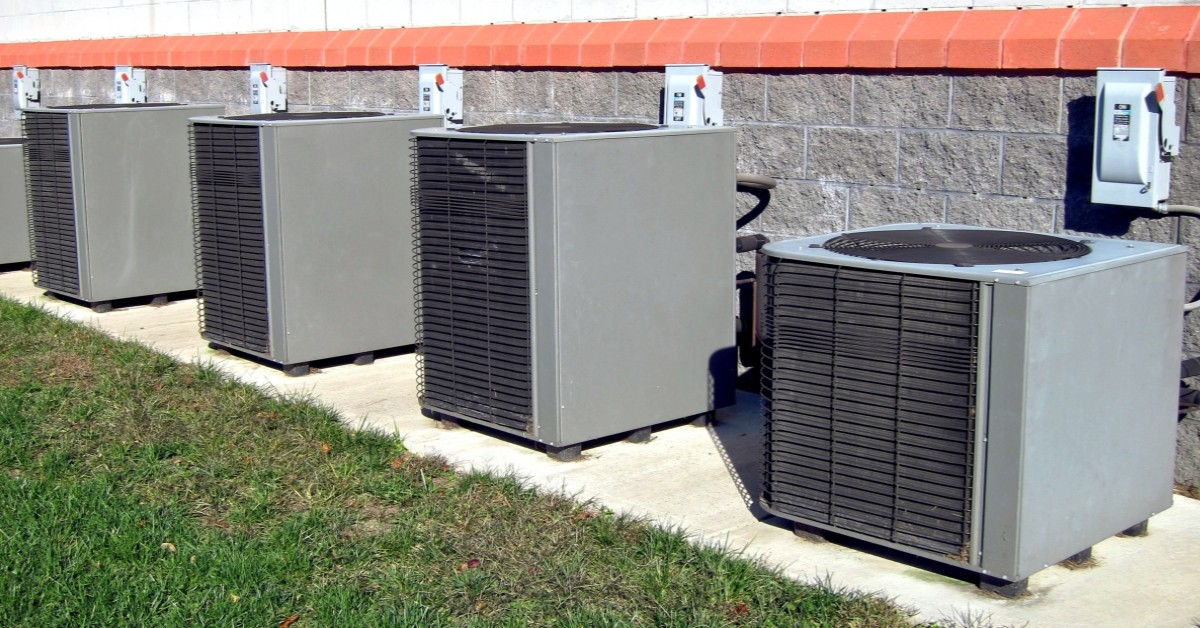

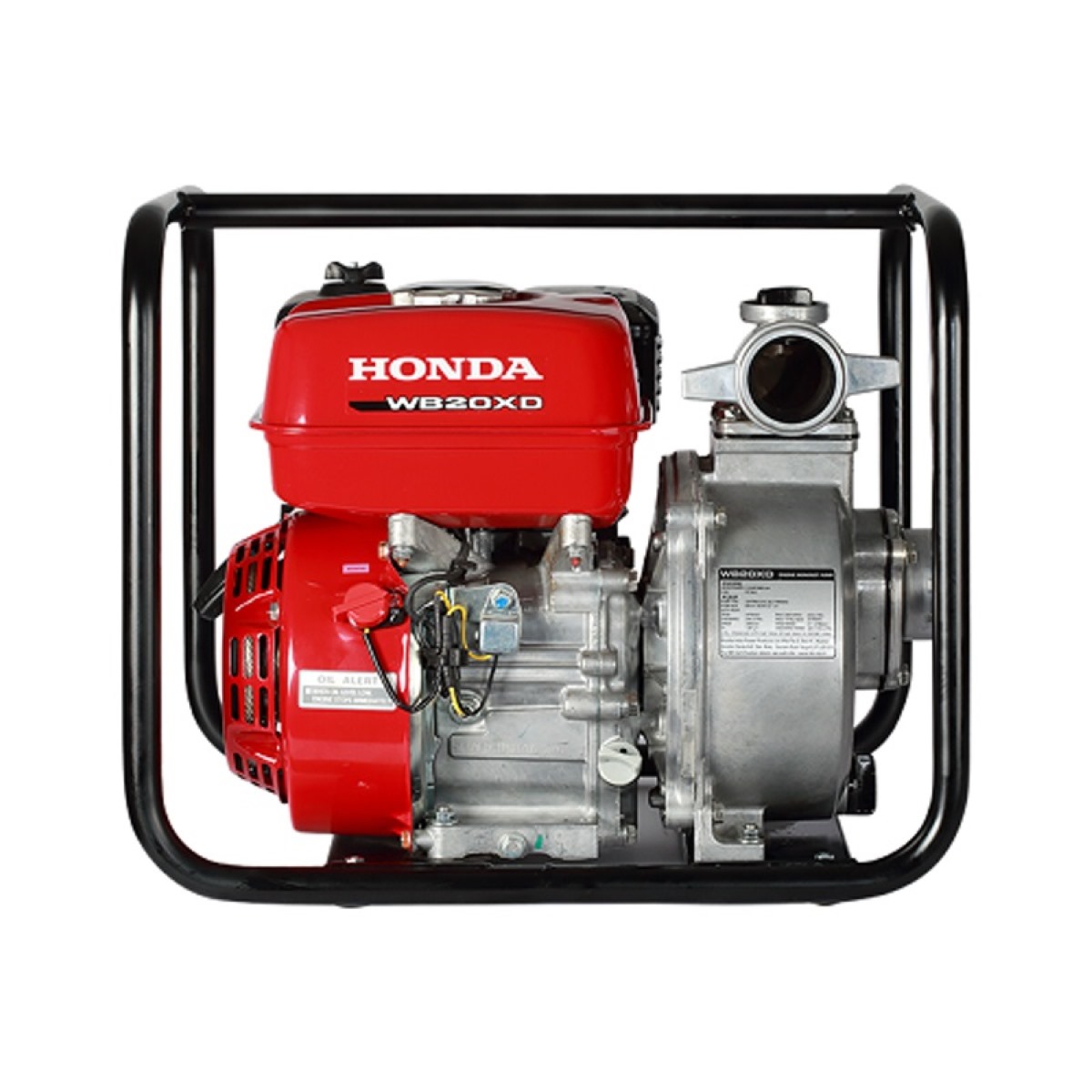
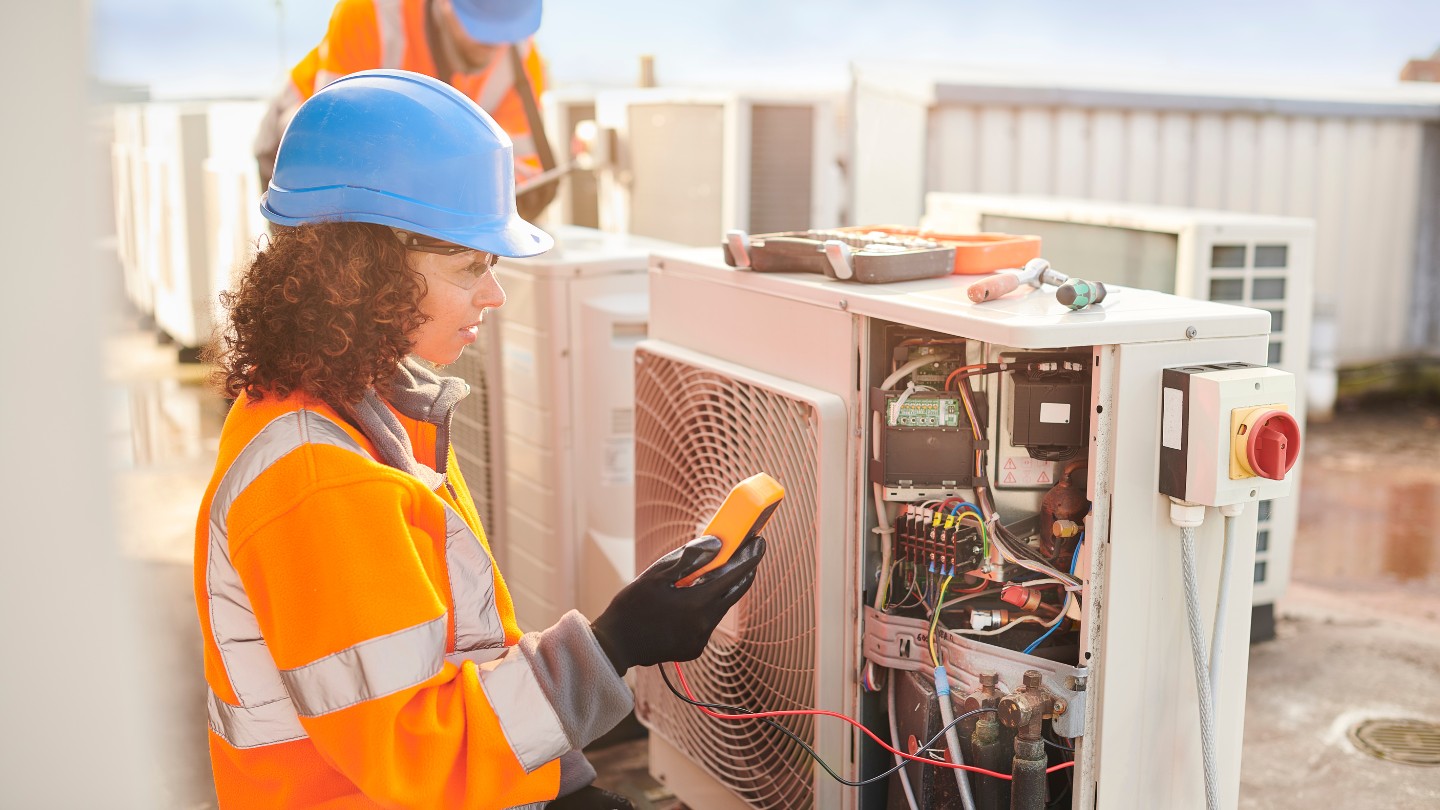
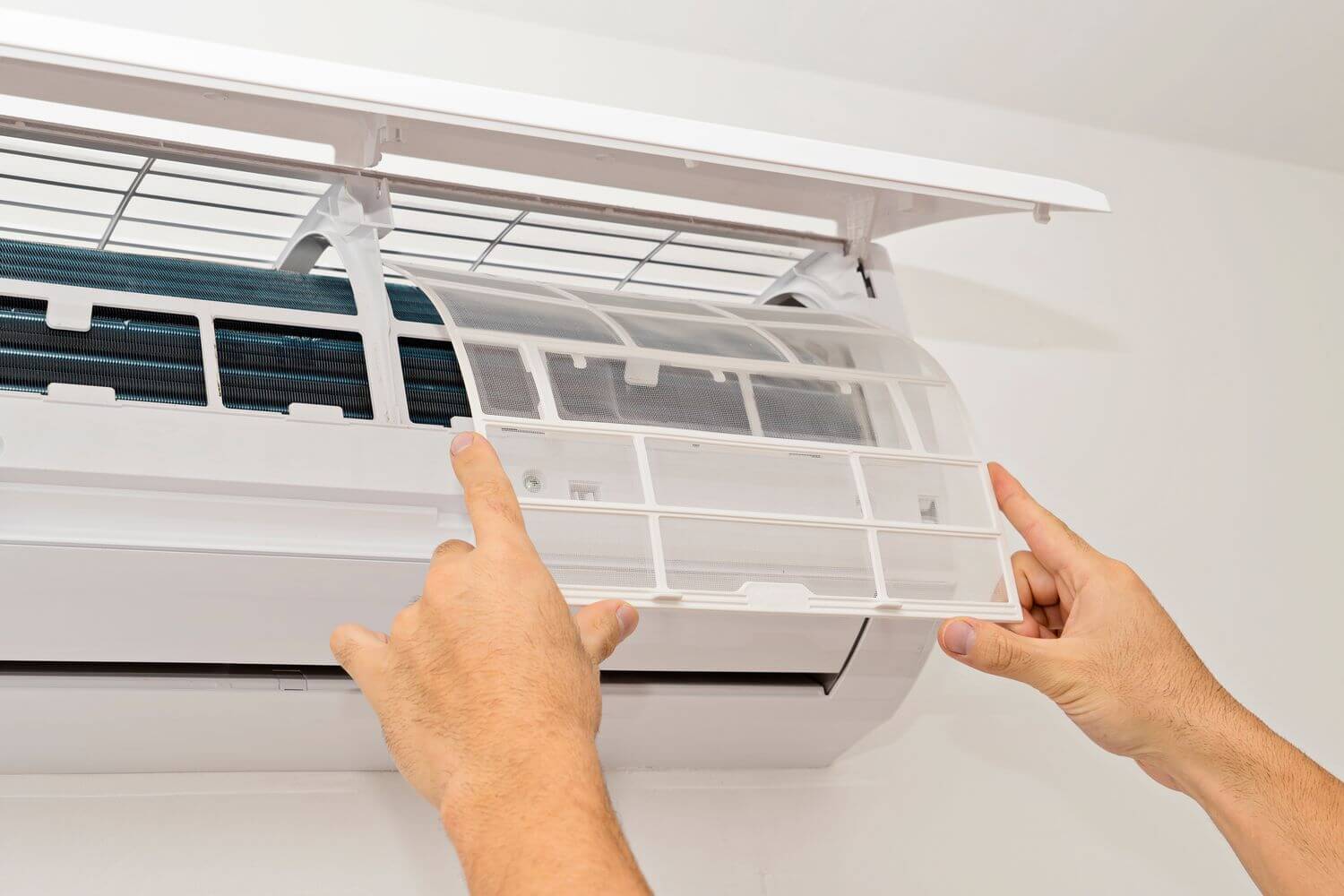
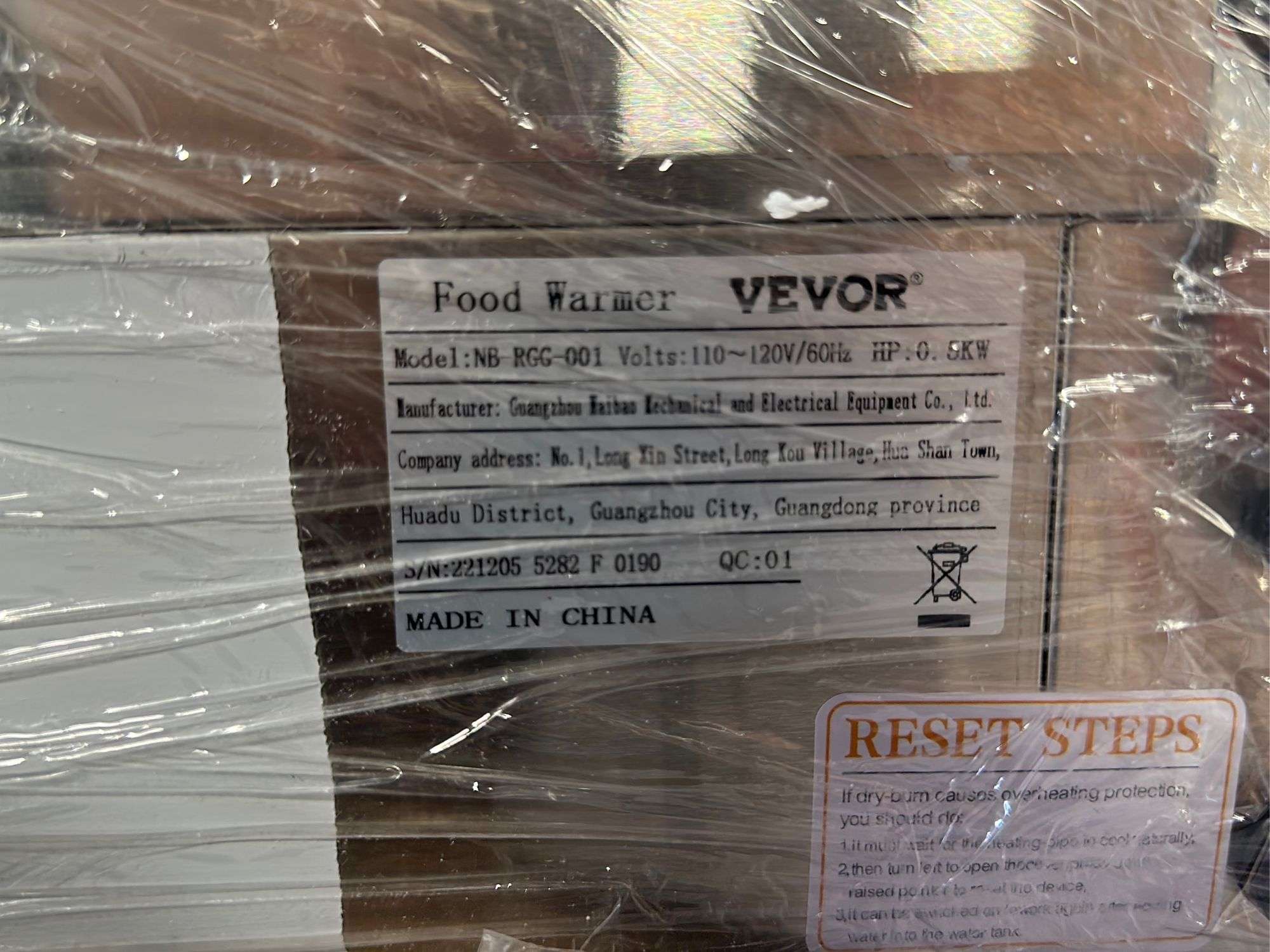
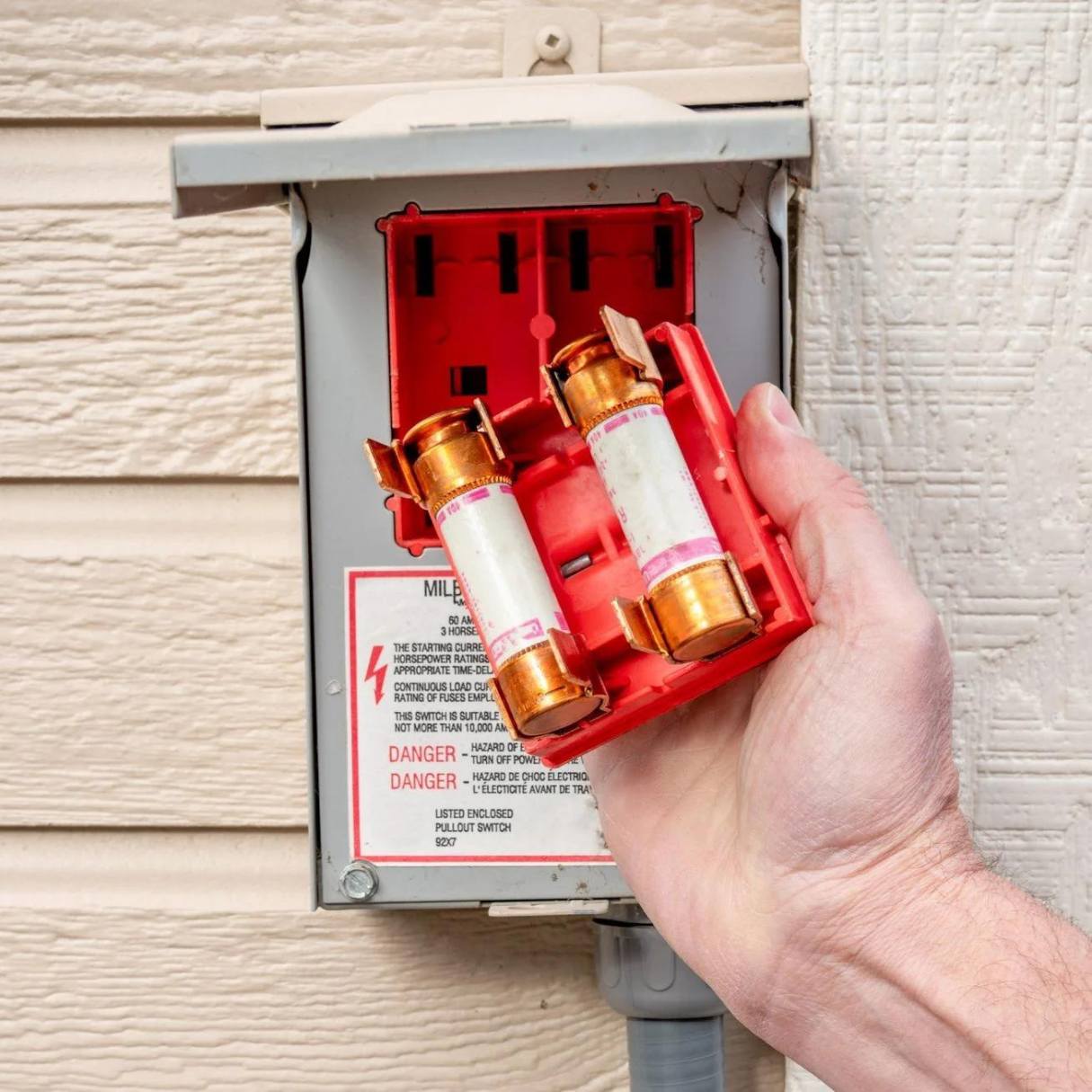
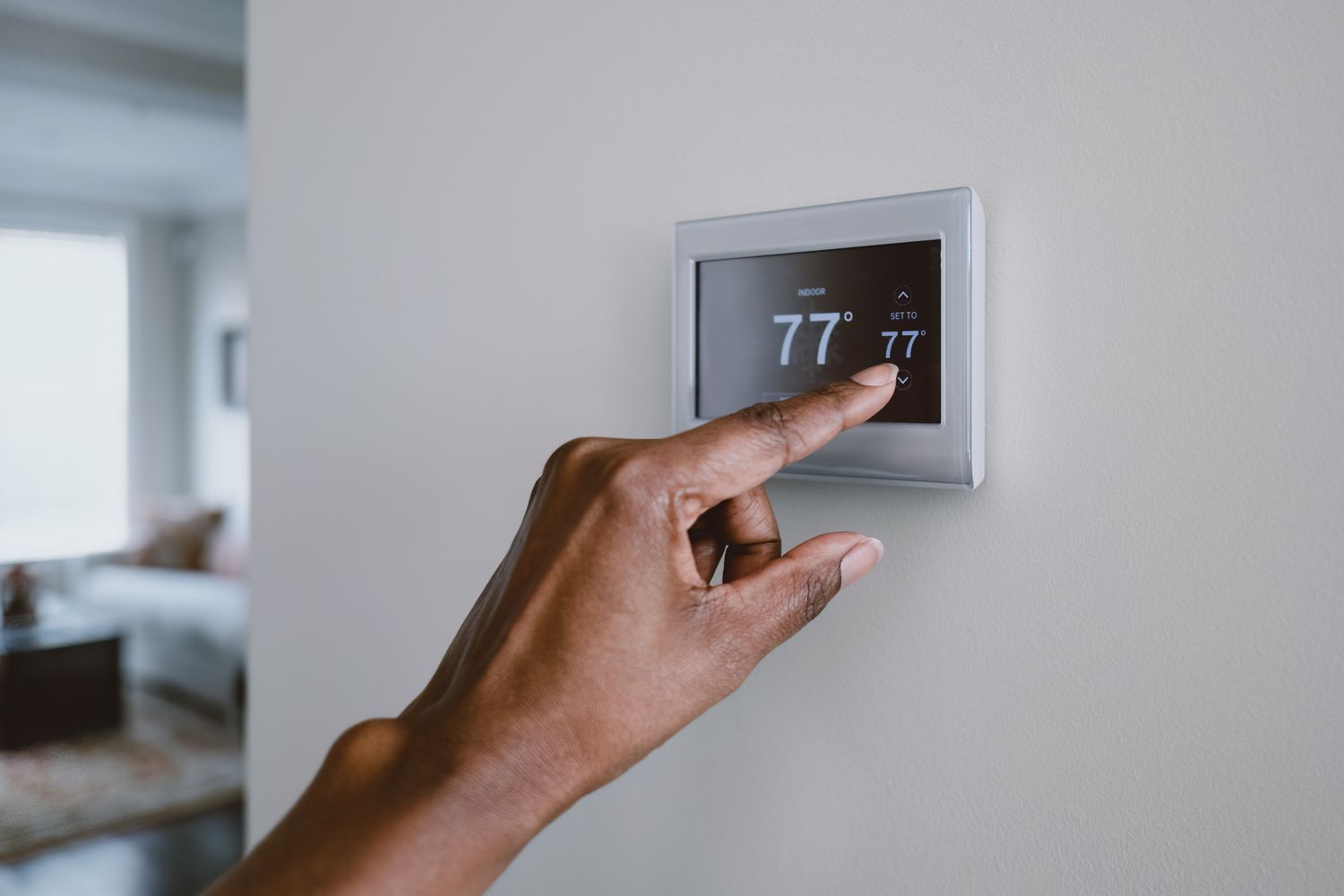
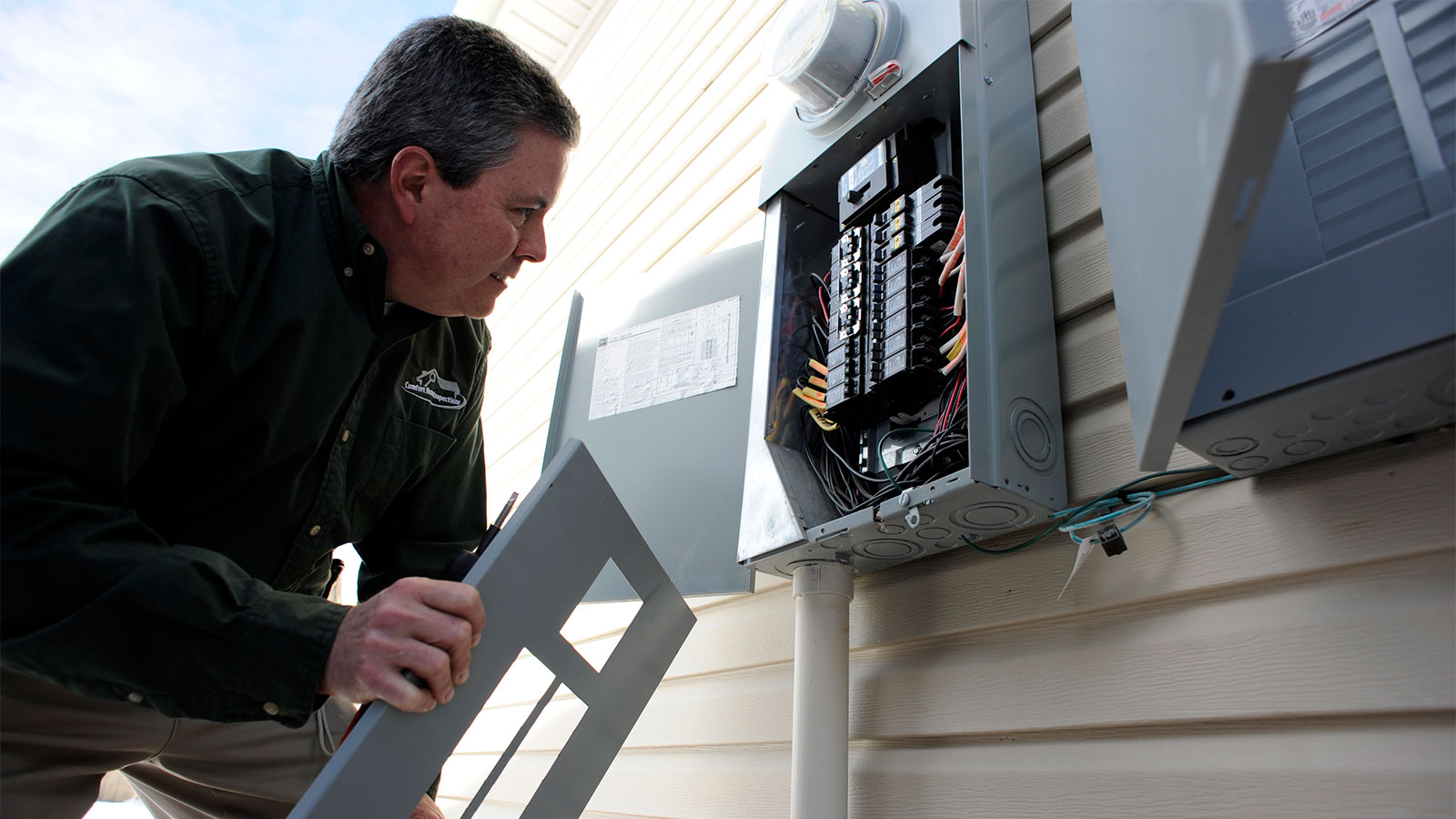
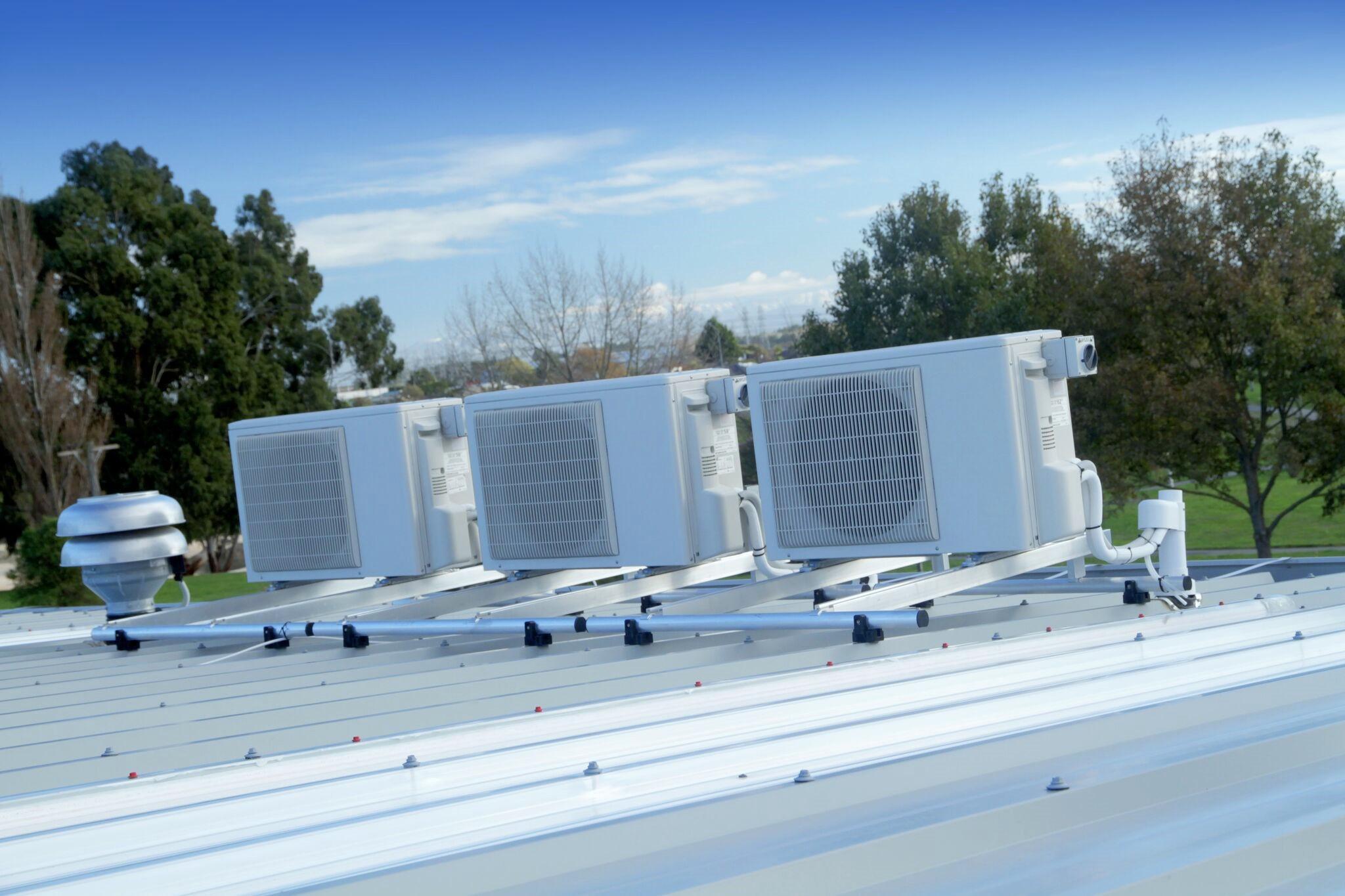
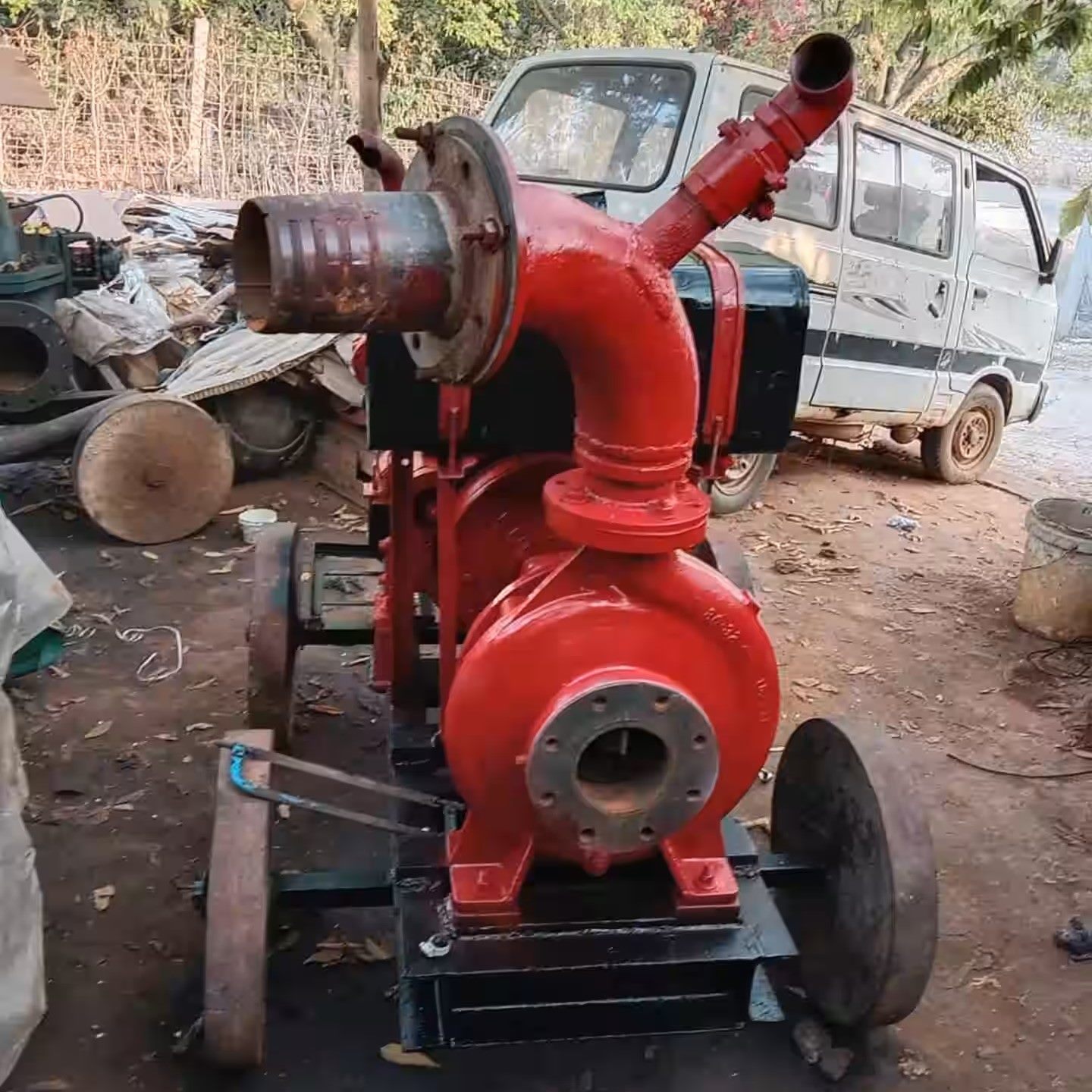
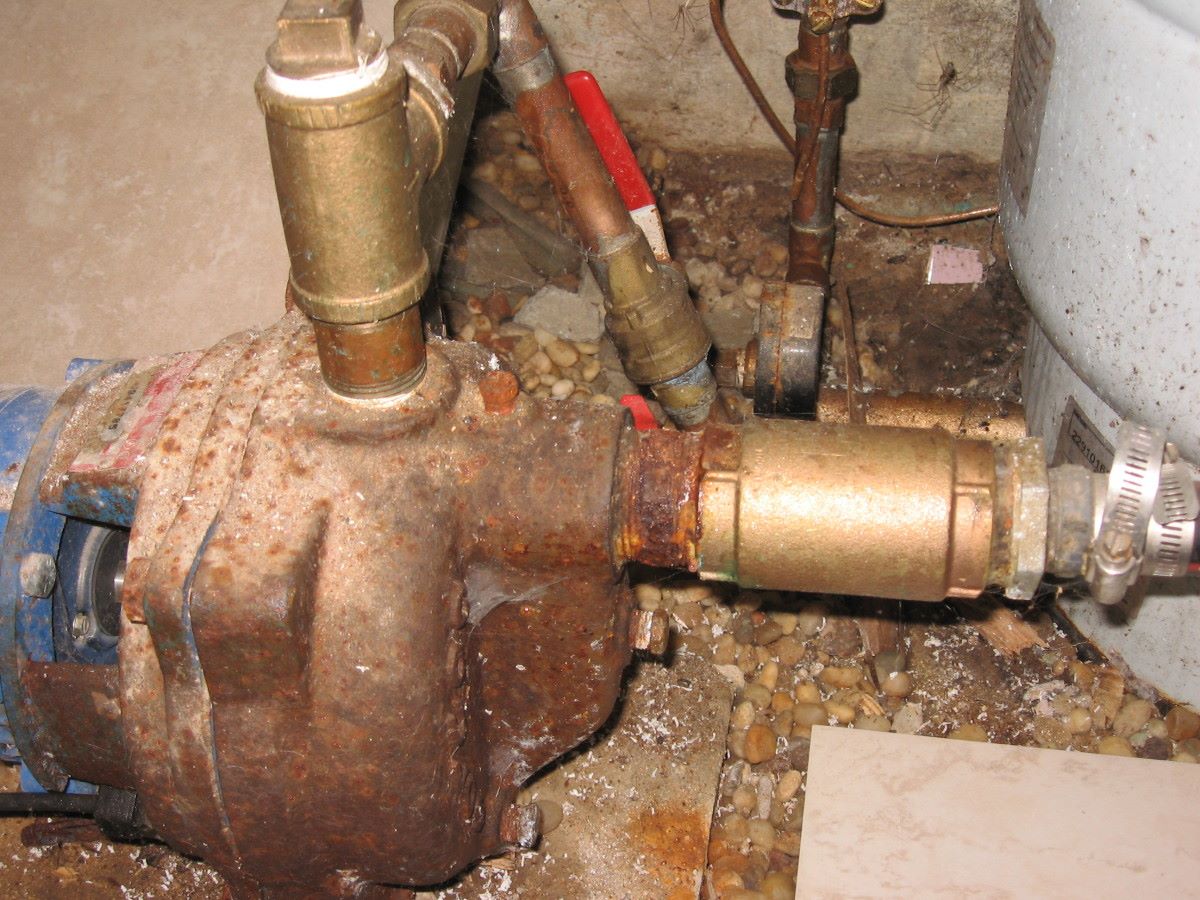
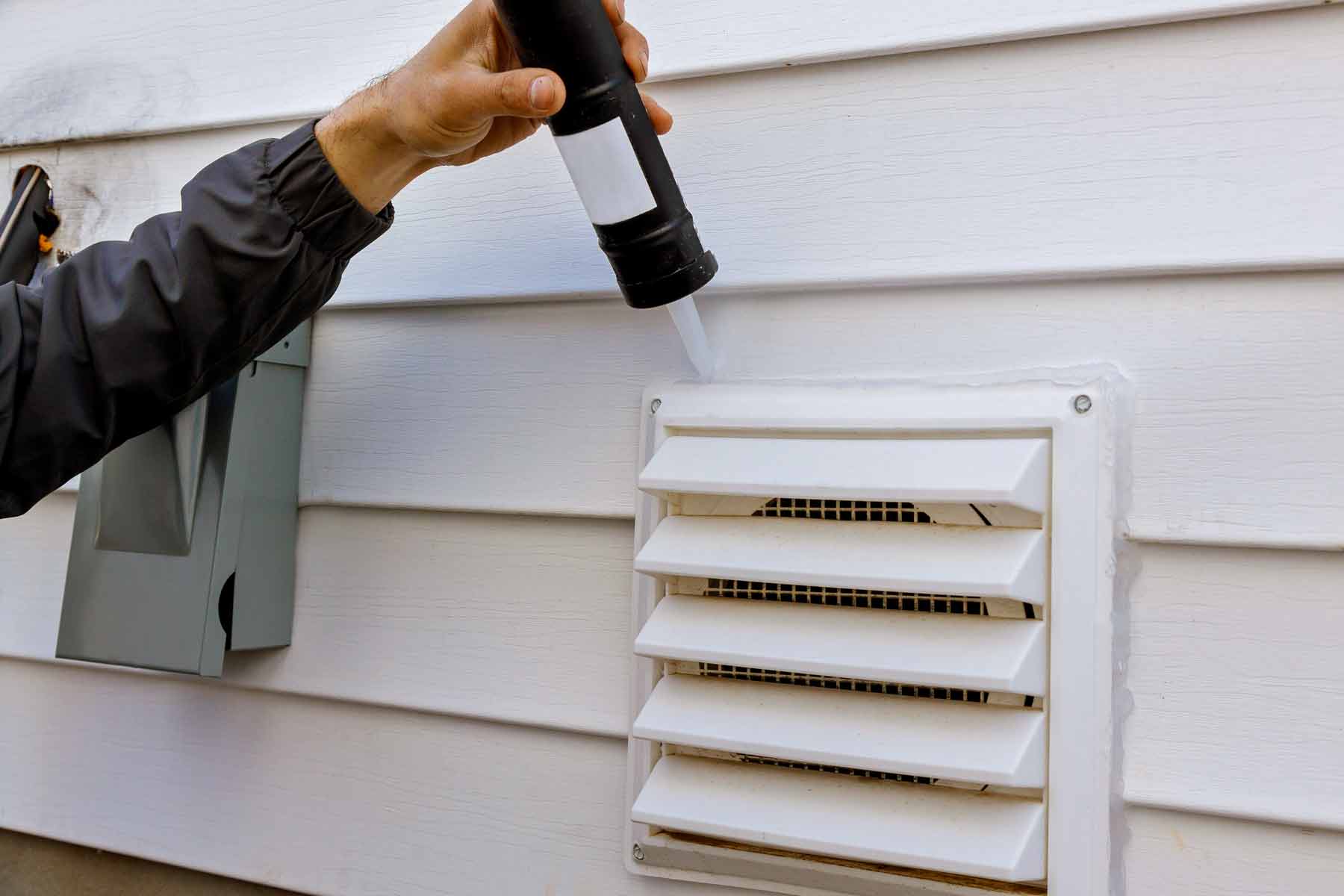
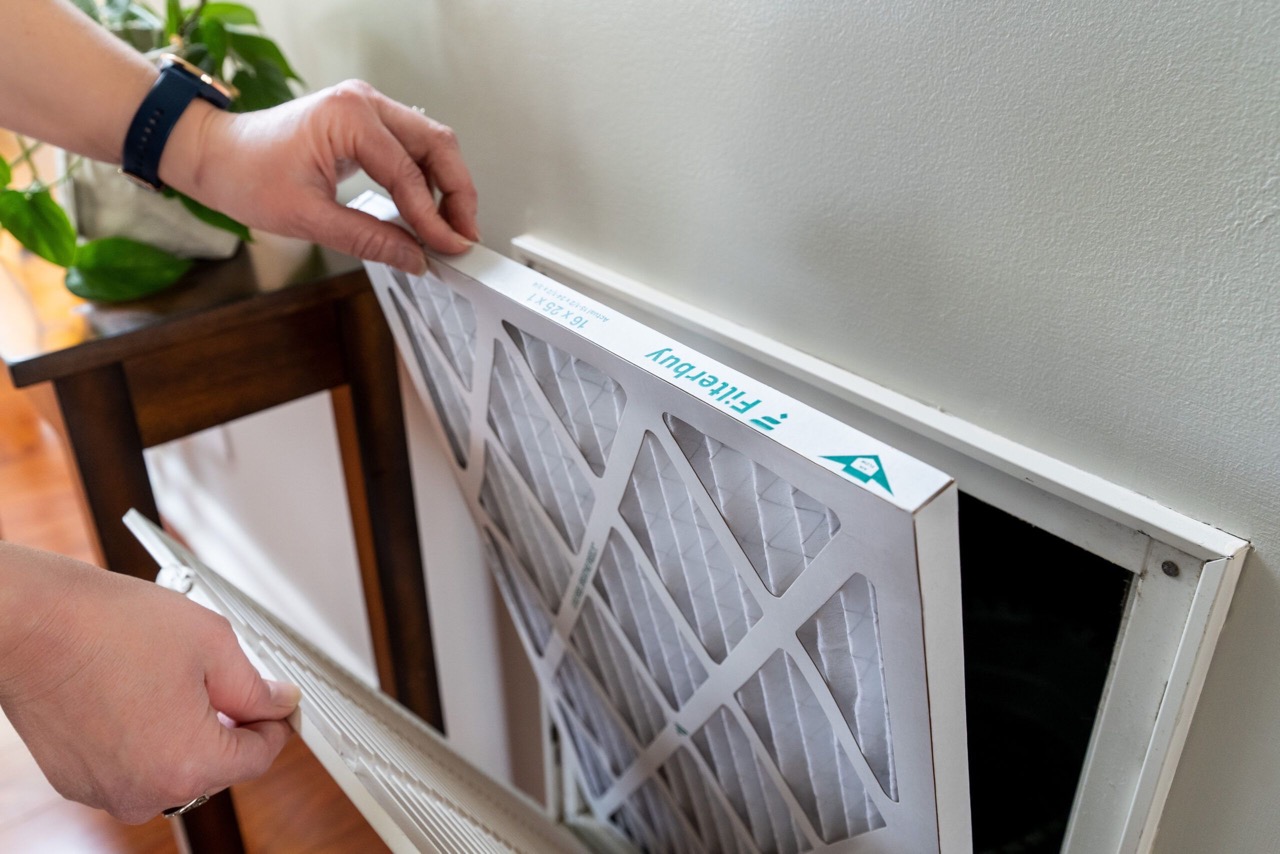

0 thoughts on “Where Is A Water Pump Located”